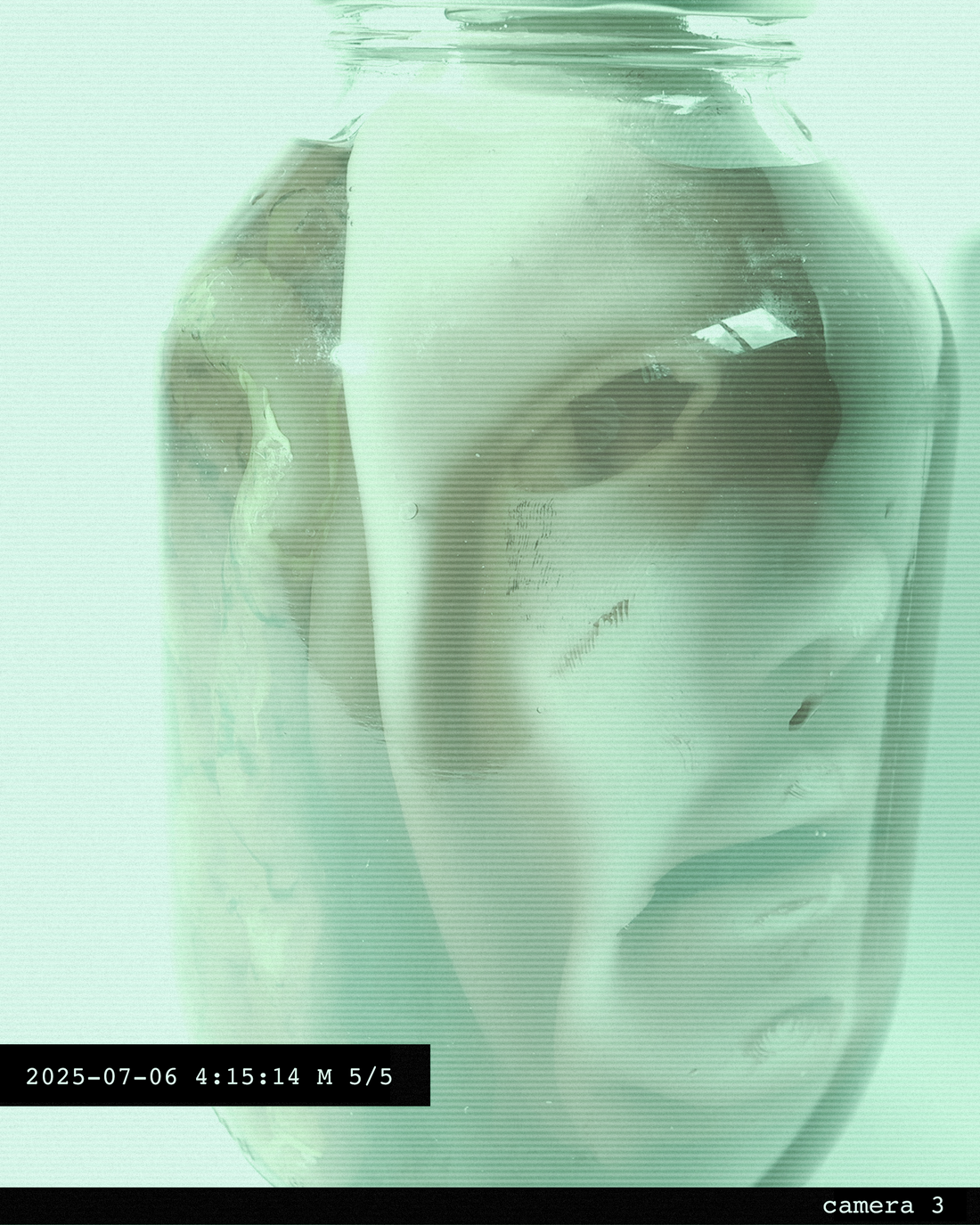
📁 CASE FILE: The Anatomy of a Face That Isn’t Yours
log ref: #SFX-FLESH_Δ12
specimen class: partial cranial replication
notes: silicone substrate, uncanny resonance, faint smile?
“Never trust a face lying on a table. It’s either dead or waiting to be worn.”
—Dimply // Lead Containment Officer
SYSTEM NOTE: IDENTIFIABLE FEATURES DETECTED
Inside the DRF, we’ve been dissecting a question most people don’t ask until it’s too late:
Why do faces, once removed from their original owner, look so wrong, even when they’re fake?
Our new product, FLESH, plays with that discomfort, featuring disturbingly realistic features and hollowed out eyes. These pieces aren’t just props; they’re experiments in identity displacement.
Why a Fake Face Feels Personal
When you hold a severed ear or intestine, you think “flesh.”
When you hold a face, you think “person.”
It’s this jump from anatomy to identity that makes our silicone faces disturbingly intimate. We’ve tuned the shore hardness and translucency to mimic dermal diffusion, giving that “someone is still in there” effect… even when it’s just platinum silicone and pigment.
In Practice
-
Film & Photography: Close-up horror, body-horror narratives, uncanny stills
-
Installations: Interactive art that provokes touch… and regret
-
Collectors: For the ones who just like to keep a few extra faces around (we don’t ask why)
Want to see it in action? Check out our props collection or request a custom piece through our contact form.
“People see a fake intestine and laugh. People see a fake face and pause. That pause is where the magic lives.”
Explore the archives: dimplybean.com
Stay soft. Stay synthetic.
🧬
— Archive_Operator_Δ
